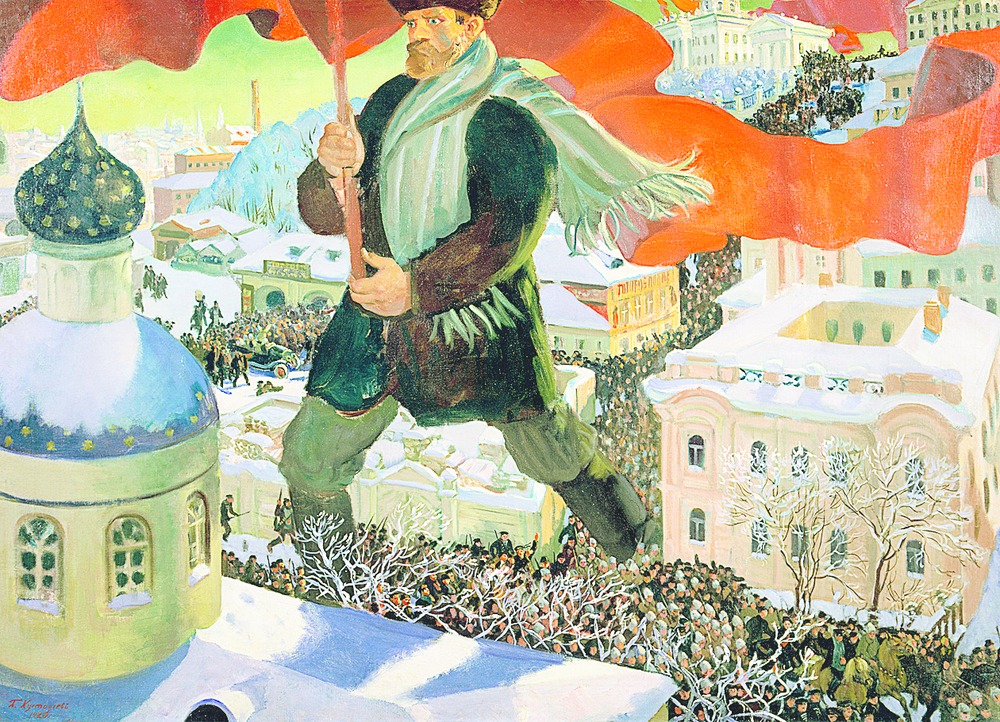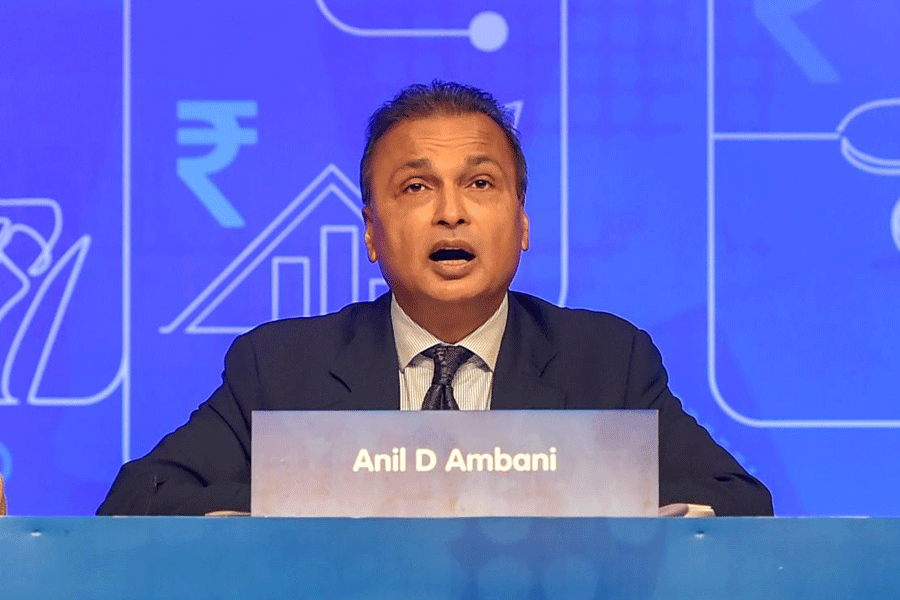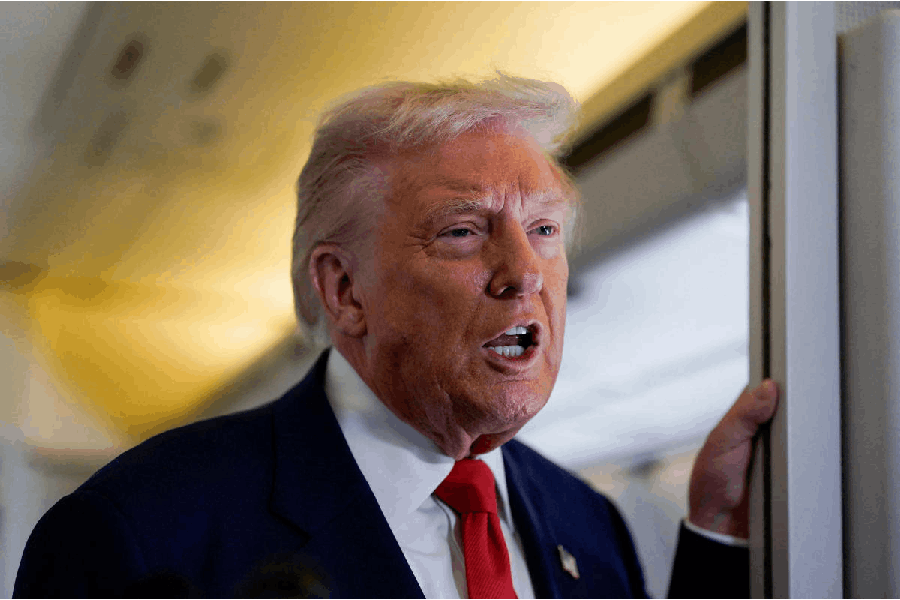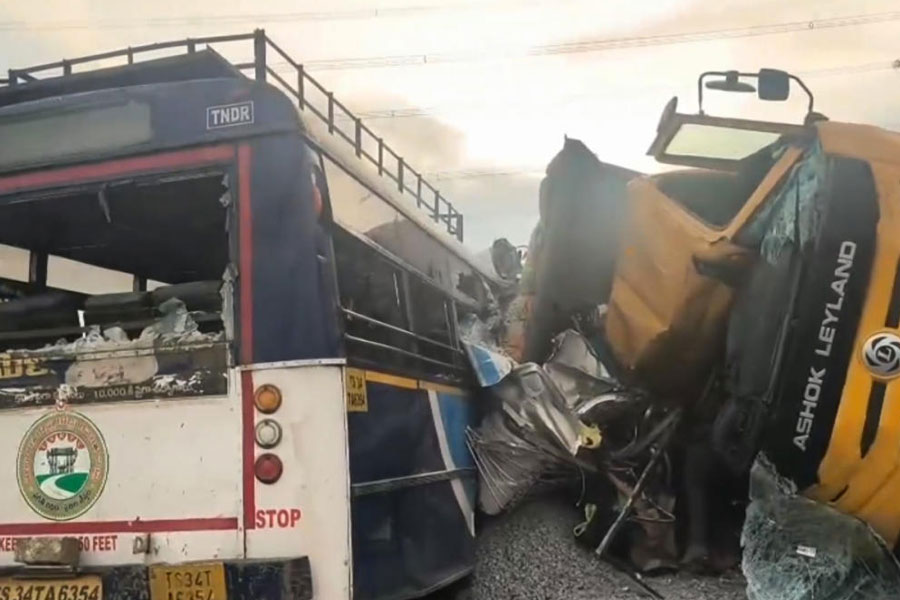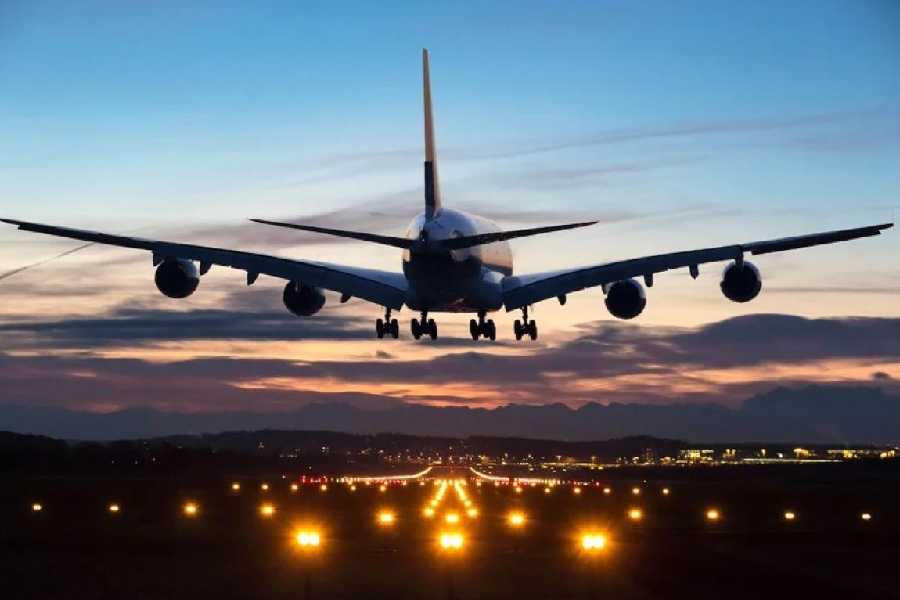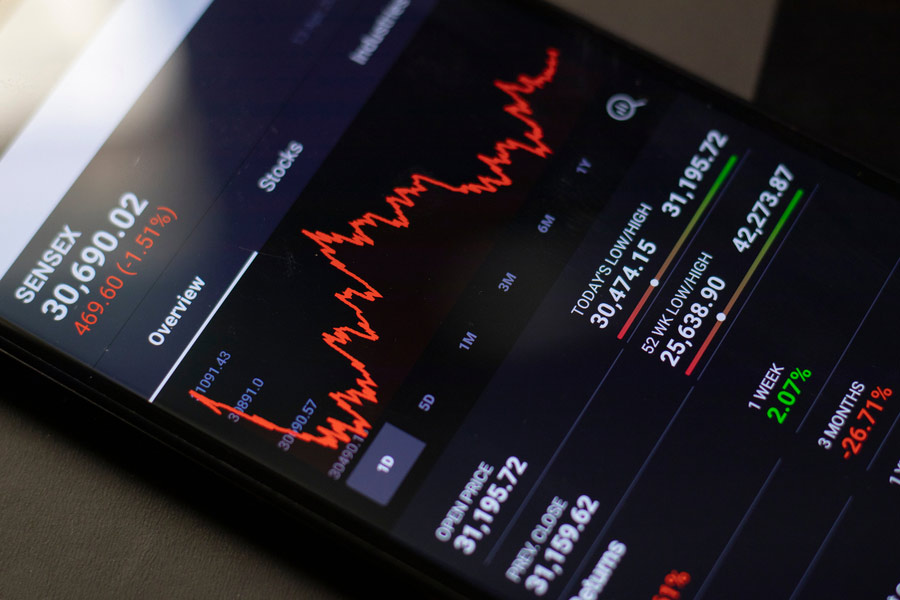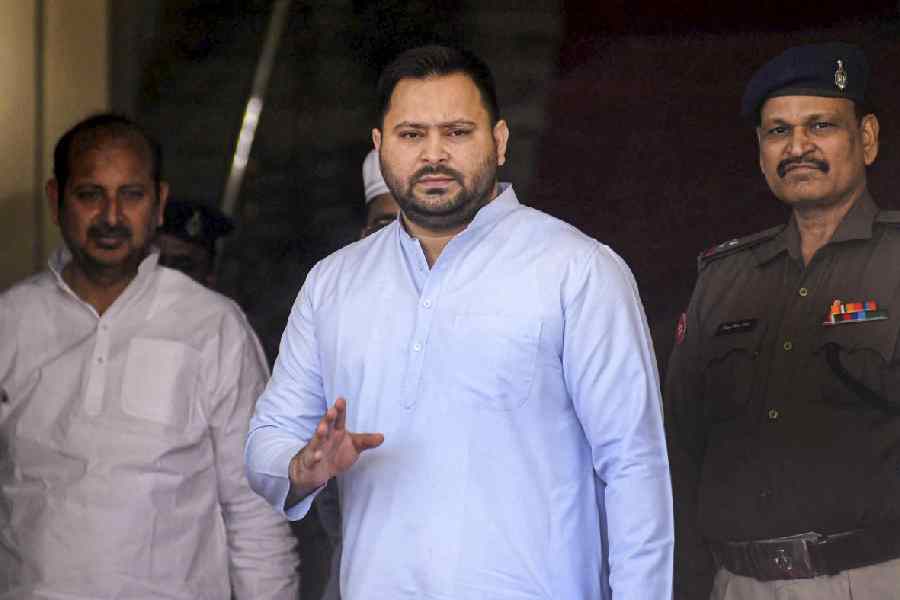Roll on the art of the Russian Revolution

Years ago during an assignment in Moscow, I happened to wander into the Tretyakov Gallery. I especially liked the lyrical paintings, which captured the quality of the sunlight as it lit up the domes of snow-covered buildings. Astonished that the reproductions were just a few kopeks each, I returned home with three or four large prints for which we found suitable gilt frames in London.
Last week we learnt that after seven years of negotiations, the Royal Academy in London is borrowing "substantial" quantities of the real stuff from the Tretyakov as well as the museum in St. Petersburg plus regional museums in Russia as well as private collections to mount an exhibition from February 11 to April 17, 2017, to mark the centenary of the Russian Revolution.
Ann Dumas, a curator at the Royal Academy, told a news conference: "This does promise to be a very exciting exhibition. It will focus on a momentous period in Russian history between 1917, the year of the February and October Revolutions, and 1932 when Stalin began his violent suppression of the Avant-Garde. It will present this unique period in the history of Russian art."
There will be 200 works of art, including paintings, film, photography, posters, porcelain, sculpture and architecture. Among the outstanding paintings will be Boris Mikailovich Kustodiev's Bolshevik (1920), on loan from the Tretyakov.
It is admirable that at a time when UK-Russia relations have hit rock bottom and Vladimir Putin is Britain's Enemy No. 1, the Royal Academy will hold a major exhibition, "Revolution: Russian Art (1917-1932)".
With Britain poised to renew its Trident nuclear submarines and deploy 650 troops to Nato's Baltic forces in a bid to deter Putin, the exhibition's co-curator, Prof. John Milner, joked: "Short of World War III breaking out, it (the exhibition) will happen."
The other co-curator, Dr Natalia Murray, who was born in St. Petersburg, said: "At a time of political turmoil the cultural diplomacy is very important. All the museums in Russia were more supportive than before, probably because they felt that at a time when politicians can't agree, the curators should, at least, build these bridges between Britain and Russia."
The Royal Academy's artistic director, Tim Marlow, observed: "Cultural institutions inevitably work in a different way to governments - and we are an independent organisation."
Uni politicians

The whole world has been following the reality television drama in Westminster that has been laced with assassinations, coups, betrayals, back stabbings and a coronation.
My friend, Russell Elliott, who acts on behalf of Anthony Outred, "specialists in exceptional furniture, works of art and sculpture", drew my attention to a pair of paintings of Westminster which were offered for sale for £2,85,000 at the recent Masterpiece exhibition in London.
They offered the same view of Westminster but separated by 300 years. The first showed Westminster in 1895; the other, based on an engraving by the English illustrator William Lionel Wyllie (1851-1931), depicted what Westminster - for long the battleground of politicians - was like in 1584.
But where do Westminster politicians learn arthashastra?
The answer is that in taking over at 10 Downing Street, Theresa May continues a tradition of Oxbridge graduates occupying the UK's top political post.
Going back to the start of the 20th century, we find John Major, James Callaghan, Winston Churchill, Ramsay MacDonald, Andrew Bonar Law and David Lloyd George did not attend university.
Gordon Brown went to Edinburgh and Neville Chamberlain studied at Mason College, which later became the University of Birmingham.
There are only three Cambridge men on the list, who all attended Trinity College - Stanley Baldwin, Henry Campbell-Bannerman (who went to Glasgow University first) and Arthur Balfour (Trinity is also the alma mater of Jawaharlal Nehru, Rajiv Gandhi and Rahul Gandhi for his MPhil, while Sonia Gandhi was at a language school in Cambridge).
All the others went to Oxford: Theresa May (St. Hugh's); David Cameron (Brasenose); Tony Blair (St. John's); Margaret Thatcher (Somerville, where Indira Gandhi spent a year); Harold Wilson (Jesus); Edward Heath (Balliol); Alec Douglas-Home (Christ Church); Harold Macmillan (Balliol); Anthony Eden (Christ Church); Clement Attlee (University); and Herbert Asquith (Balliol; his great grandson, Sir Dominic Asquith, is currently the British high commissioner in Delhi).
Clever clogs Manmohan Singh has outdone all by doing his undergraduate degree at St. John's College, Cambridge, and his PhD at Nuffield College, Oxford.
Calcutta love

Businessman and philanthropist Sundeep Bhutoria is considering bringing some of the culture of Calcutta to London.
Sundeep, who promotes English language writers under the flagship, "An Author's Afternoon", and Hindi language ones under the "Kalam" brand, tells me he would like to do something similar in London.
What is different about Sundeep is that he has managed to get sponsorship from Shree Cement and gifts some 40-50 copies of the books each time to those who attend the author sessions, invariably in five star locations.
In the UK, there are plenty of suitable authors, including Indian origin ones. But from India I, for one, would like promotion of detective novelists such as the prolific Surender Mohan Pathak, who writes Hindi crime fiction.
Sundeep is clearly inspired by his remarkable adoptive mother, the late Prabha Khaitan, whose many Hindi novels and her candid autobiography - Anya se Ananya in Hindi and A Life Apart in English translation - would find fans in Britain. Her largely unpublished personal diaries provide the potential for future books, her son suggests.
After Sundeep had hosted a dinner for Sharmila Tagore at Quilon, which specialises in "southwest coastal Indian cuisine", he remarked: "Indian food in the top Indian restaurants in London is better than Indian food in India."
Peace symbol

It has now become my routine that every time I have to go to Westminster tube station, I walk past Gandhi's statue in Parliament Square just to see what's going on. Technically, the name carved on the plinth should have been "M.K. Gandhi" if the practice adopted for the other 10 statues in the square had been followed. But the suggestion from India's former high commissioner, Ranjan Mathai, that "Mahatma Gandhi" was more appropriate for the apostle of peace was accepted.
Last week I was touched to see that of all the statues in Parliament Square, Gandhi's was picked as the site for a makeshift shrine to Jo Cox, the 41-year-old Labour MP and mother of two young children, who was also struck down by an assassin's bullet in her Yorkshire constituency of Batley and Spen on June 16.
Her funeral took place on Friday.
Dress sense
The new British Prime Minister, Theresa May, has an Indian wardrobe of her own, acquired, sadly, either from Southall or from Khan Market in Delhi. In the most diplomatic way, the Indian government should gift her some elegant clothes. Who knows but if she wins the general election in 2020, she could be around for the next nine years.
Tittle tattle
One should not get too jingoistic about a mere car but it is worth recording that last Wednesday, Theresa May arrived at Buckingham Palace as home secretary in a German BMW but left as Prime Minister in a Tata-owned and armour-plated Jaguar XJ Sentinel.

